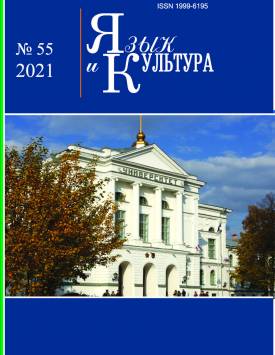Teaching ESP for law students at universities in Russia and abroad
This article examines the expression of possessive relations with the help of nominal constructions, called in the dialects of the Arabic languages idafa (from the Arabic idafah meaning “to attach”). The purpose of this article is to analyze the expression of possessive relations in the Arabic language and its dialects with the help of nominal constructions, called idaf constructions or simply idafa. The material of the study is the data of the Arabic language and some of its dialects. To achieve this goal we used comparative- relative, content-typological methods, as well as interpretation and generalization. In Arabic, due to the absence of the verbs “being” and having, possessive relationships are expressed in other ways. First of all, these are nominative methods and, first of all, constructions with an idafa, which are syntactic constructions where two nouns are in relation to each other. One of them is in the genitive case. In Arabic, the genitive case expresses the dependence of a name on another name. This case is essentially a “nominative case”. For example: Arab. jamusatu-l-falla-hi 'peasant's buffalo'. There may be several names in this construction, then, following each other, they form a so-called “idaphic” chain. There are four types of idafa, but the so-called idafa of belonging is used to express possessiveness, which can express possession, belonging, and sharing. In Arabic, there are three types of possessive constructions, called statuses in grammars, which corresponds to the category of certainty-uncertainty in European languages: a definite state, an indefinite state, and a conjugate state or adjunction. The study showed that the idafic construction is the main means of expressing possessive relations in the Arabic language. This construction is also used to express possessiveness in many dialects of Arabic. Nevertheless, the scope of its use is narrowing, and in dialects there is a replacement of this construction by other means, although it is too early to talk about the complete disappearance of the idafic construction in Arabic dialects.
Keywords
Arabic, idafa, idafa chain, adjunction, conjugate state, genitive construction, category of belongingAuthors
| Name | Organization | |
| Krasnoschekov E.V. | Southern Federal University | judgin58@mail.ru |
References

Teaching ESP for law students at universities in Russia and abroad | Yazyk i Kultura – Language and Culture. 2021. № 55. DOI: 10.17223/19996195/55/7
